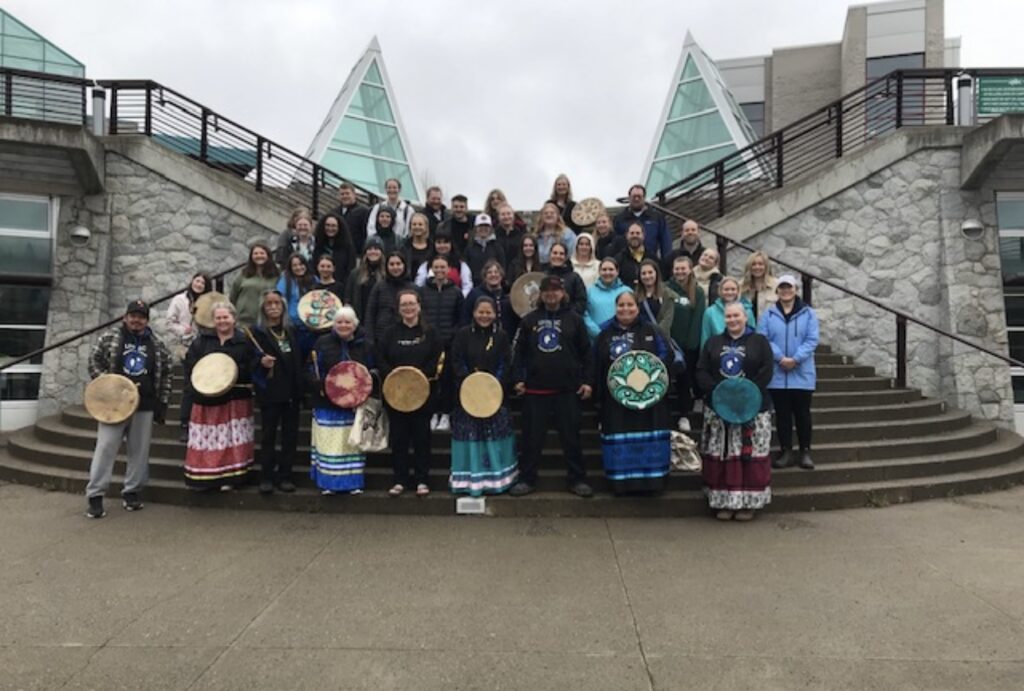Educators respect and value the history of First Nations, Inuit and Metis in Canada and the impact of the past on present and the future. Educators contribute towards truth, reconciliation and healing. Educators foster a deeper understanding of ways of knowing and being, histories, and cultures of First Nations, Inuit and Metis.
The call for action labelled as education naturally stood out to me as an educator. Education is a basic human need that needs to be made equal for all students. As a future educator the following point stood out to me in the education call to action: “Developing culturally appropriate curricula” and “Protecting the right to Aboriginal languages, including the teaching of Aboriginal languages as credit courses” (Truth and Reconciliation Commission of Canada, 2012). I think that part of the healing is solving one of the most horrific parts of our history: residential schools. If we as educators can turn our schools now into a place that all Indigenous students feel represented and are given opportunities to learn about their culture, it is a huge step into healing that broken relationship between school and Indigenous peoples. We need to ensure that all students feel safe, protected and heard when in our classrooms and schools. In responding to this Call to Action, “history and social studies teachers must engage with both the challenges of how to effectively teach about Indian Residential Schools and Indigenous history, but also the ability to think critically about their position in relation to ongoing injustices of colonialism in Canada” (Miles, 2018, pp. 296). I personally resonated with the second statement in this quote, as I think I am most nervous about my position when teaching Indigenous education. However, throughout my classes I have learned that its ok to ask for help, its ok to get a quest speaker if you feel it’s more authentic, and more importantly that I just need to educate myself as much as possible. It is my job as a future educator to ensure my classroom is educated about residential schools and Indigenous history in the most authentic and respectful way possible. For me as a teacher I see this as not only bringing in Indigenous history but also Indigenous ways of learning. I want Indigenous ways of learning to reach every aspect of my classroom. I believe that it will benefit every student in my classroom to keep this at the heart of my philosophy. I plan to ensure my students connect with the land daily, practice the art of storytelling, and connection. In addition, I plan to implement the history of Indigenous peoples through art classes, history classes, class activities, and by bringing in guest speakers such as Elders or drummers. The education in the classroom would be essential to reviving Indigenous language and culture.
